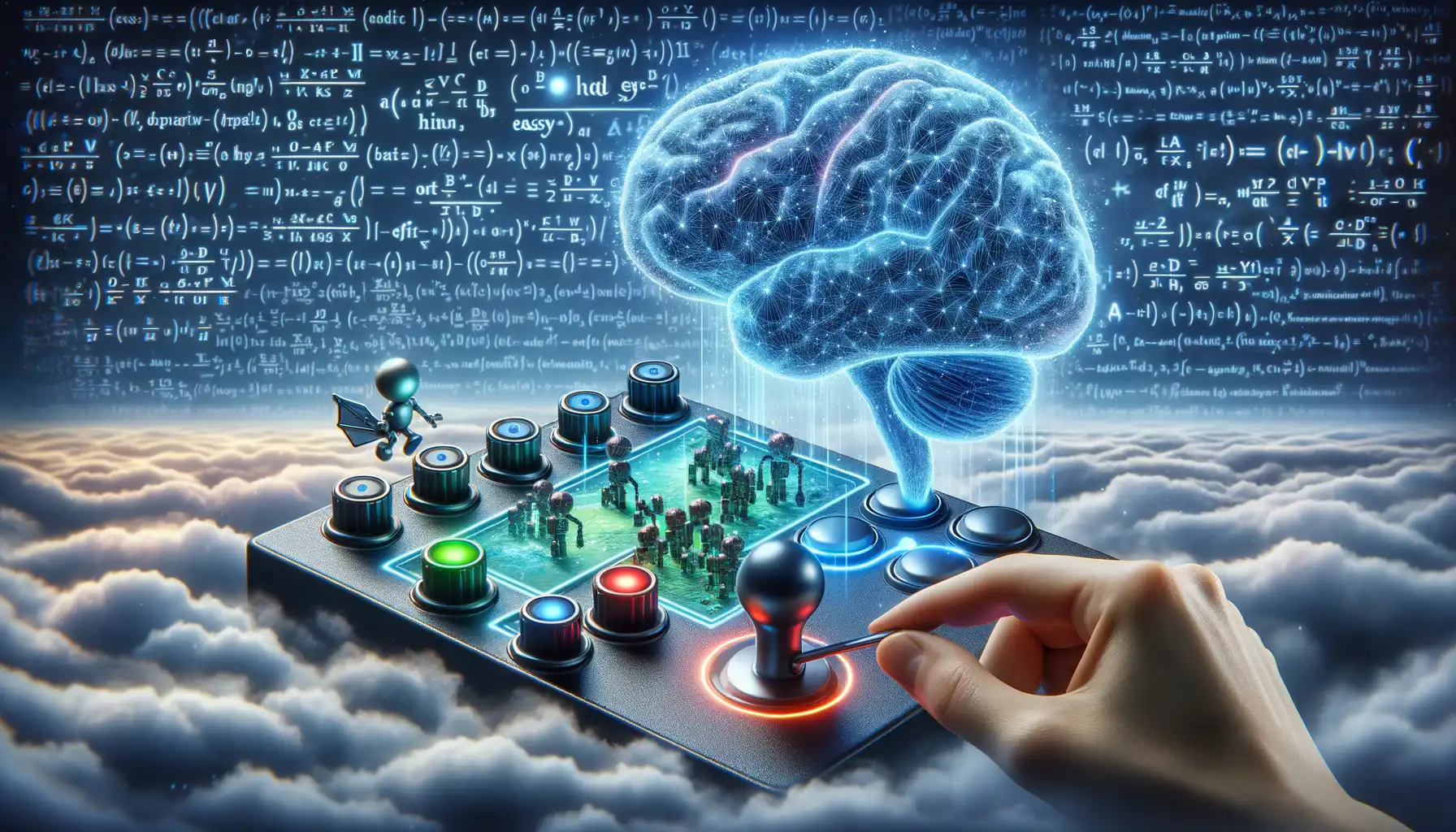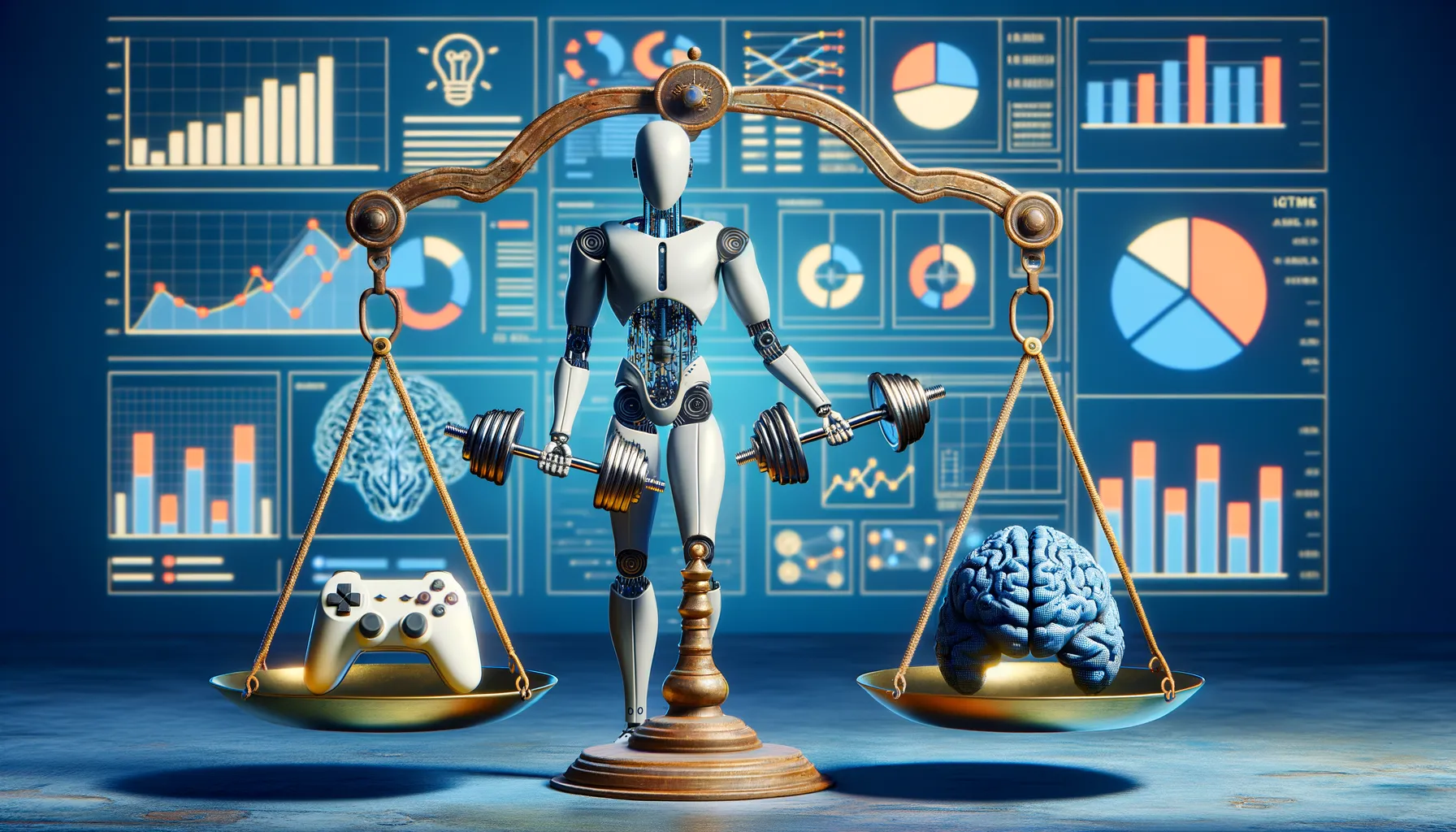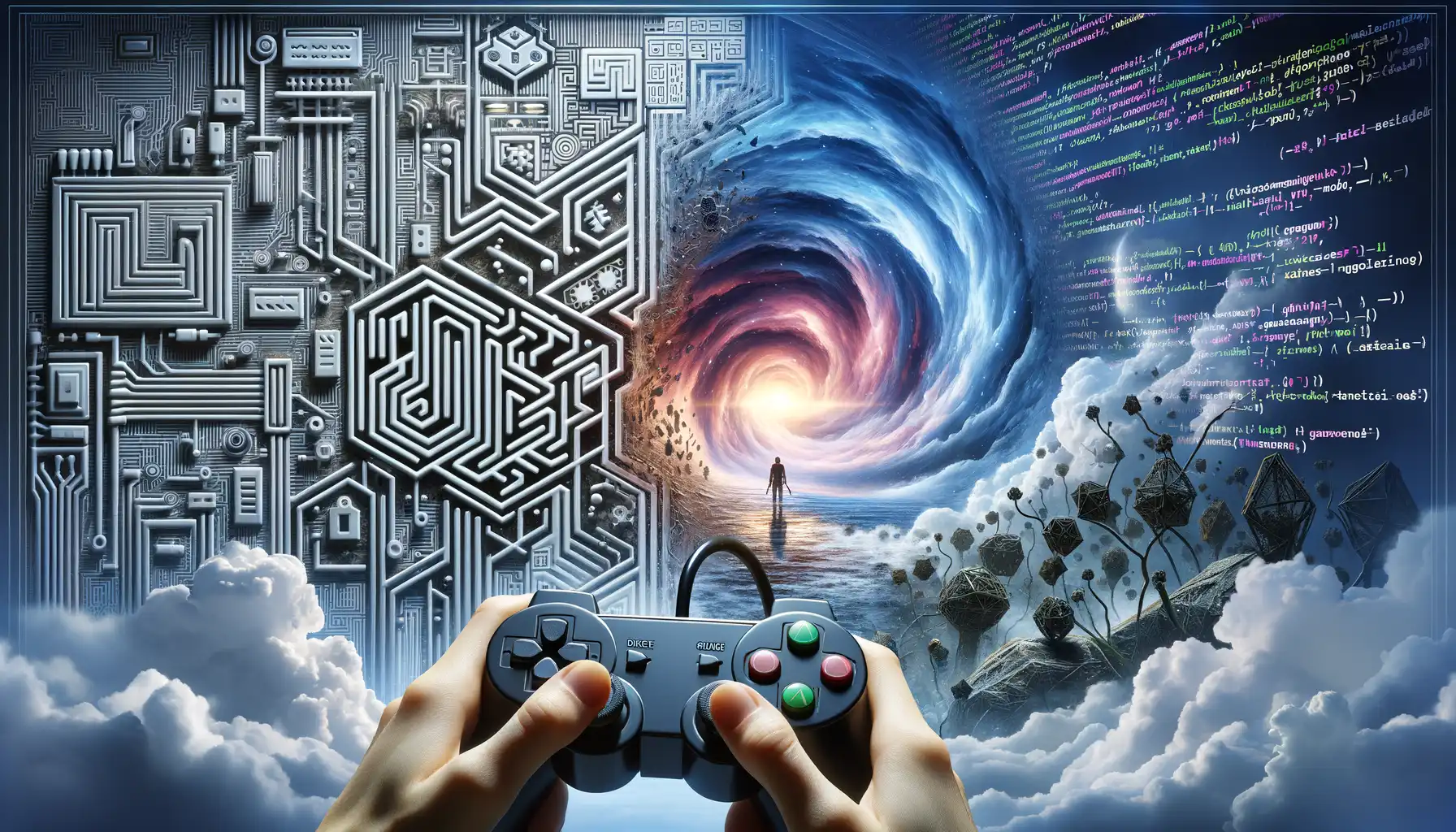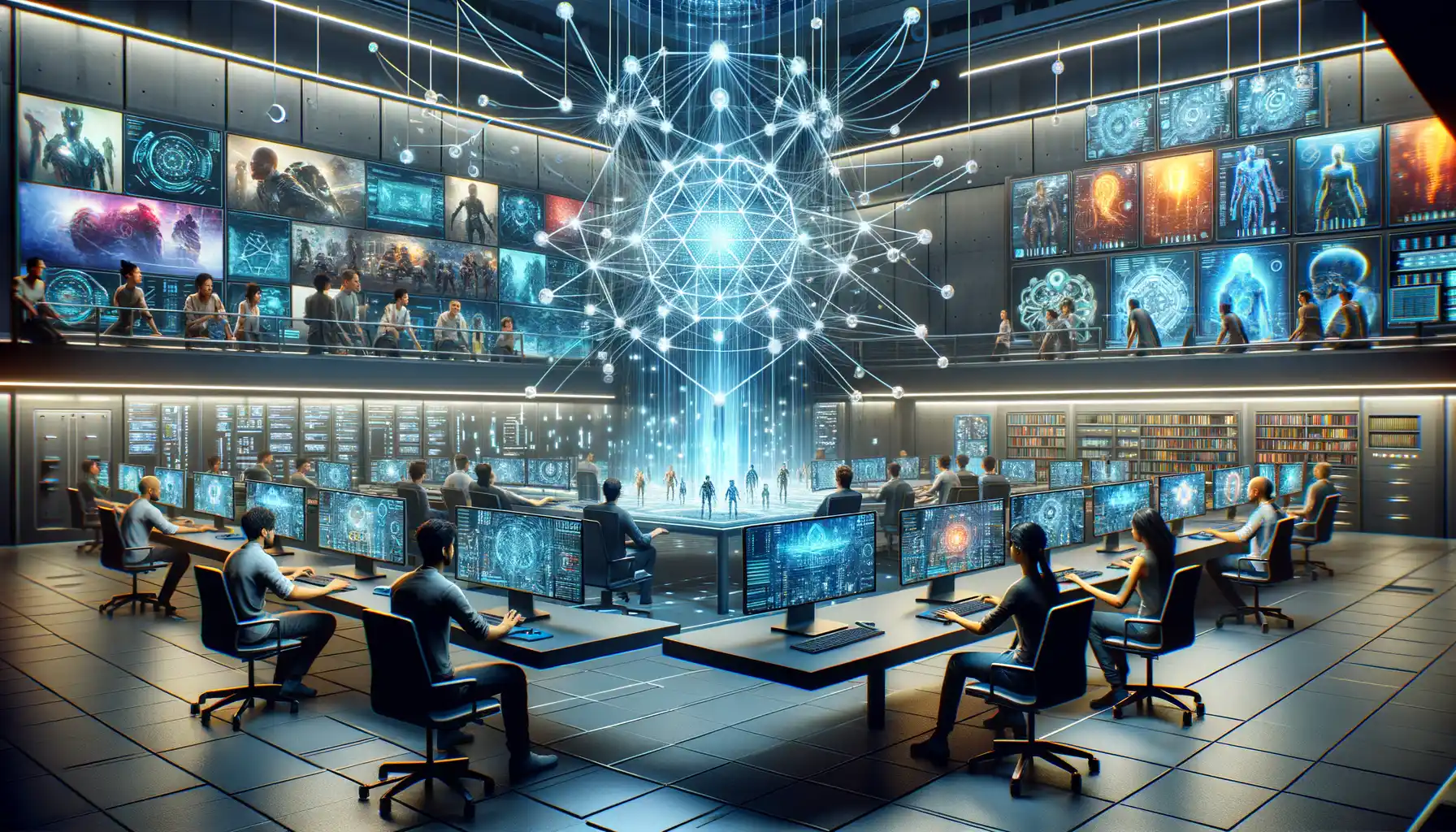The Role of AI in Modern Gaming
AI: The Invisible Maestro Behind Your Gaming Experience
What makes gaming today so exhilarating? It’s a blend of cutting-edge graphics, gripping narratives, and yes—Artificial Intelligence (AI). But AI isn’t just a background player; it’s the mastermind quietly orchestrating your every move, challenge, and triumph. Think about that intense boss fight you barely escaped by the skin of your teeth. That villain didn’t just “happen” to be tough—it was probably an AI analyzing your strategies in real-time.
Modern gaming relies on AI to breathe life into its worlds. NPCs (non-player characters) no longer stumble cluelessly into walls or repeat one-liners like broken records. Thanks to AI, they engage, adapt, and sometimes even outwit you. Whether it’s sneaky enemies flanking your position in Call of Duty or the surprising twists in decision-heavy games like The Witcher 3, AI is the unseen genius weaving unpredictability into the fabric of your adventure.
It’s not just code—it’s creativity evolving at warp speed. And as competition heats up, this tech keeps gaming endlessly challenging—and utterly irresistible.
Techniques Used by AI to Adjust Difficulty

Dynamic Scaling: Adapting to Your Every Move
Ever notice how games seem to know exactly when to ramp up the challenge or give you a breather? That’s no accident—it’s AI flexing its adaptive muscles. By analyzing your gameplay in real-time, AI can tweak enemies, puzzles, or even the environment to ensure you’re engaged but not overwhelmed.
For example, in some action-packed adventures, AI tracks how quickly you’re dispatching enemies. If you’re breezing through like a sword-wielding virtuoso, it might increase enemy health or spawn reinforcements. Struggling? It could subtly lower their aggression, letting you catch your breath without you even realizing it. It’s like having a coach on the sidelines who whispers, “You’ve got this,” while secretly adjusting the hurdles.
- Pacing adjustments: Slowing down or speeding up game events depending on your focus or fatigue levels.
- Skill prediction: Monitoring patterns in your playstyle to gauge mastery or inexperience.
Procedural Content Generation: The Surprise Factor
AI doesn’t just tweak what’s already there; it creates. Through procedural content generation, it can randomly generate dungeons, quests, or terrain tailored to your skills. Imagine heading into a dungeon that feels handcrafted for you—tight corridors for stealthy types, sprawling arenas for combat enthusiasts. That’s AI magic at work!
These systems ensure a sense of unpredictability, keeping you guessing. A boss battle you retried three hours ago could now feature a different attack pattern, making victory feel fresh and earned. These subtle changes are proof that AI wants you to shine but also work for that sweet triumph. Game on!
Benefits of AI-Driven Game Difficulty Balancing

Making Every Moment Count: Personalized Challenges in Gaming
Imagine this: you’re deep into a gripping game, heart pounding, strategy unfolding. Just when you feel unstoppable, the next level serves up a challenge so refreshing and perfectly tailored, it feels as though the game just… *knows* you. That’s the magic of AI-driven difficulty balancing. It’s more than just algorithms; it’s like having a personal coach that understands your style.
Here’s why players are raving about it:
- Seamless immersion: AI adjusts difficulty on the fly, meaning no awkward spikes or boring plateaus. It’s all killer, no filler.
- Catered to your pace: Whether you’re a tactical thinker or a button-mashing champion, the game evolves alongside you. No more “too easy” or “rage-quit hard.”
- Replayability through the roof: With challenges adapting each time, no session ever feels repetitive.
AI’s secret sauce is its ability to monitor your decisions, predict your needs, and keep you coming back for “just one more round.” It’s like the game becomes an extension of you—like an old rival or a loyal sparring partner—pushing you to refine your skills without breaking your spirit.
The Emotional Payoff: Why Players Love Dynamic Balance
But this isn’t just about gameplay mechanics. It’s about the thrill of feeling seen. When AI adjusts to match your strengths and weaknesses, what you get isn’t just a challenging level—it’s an affirmation of your growth. Remember the rush of finally beating a tricky boss after countless tries? Now imagine that adrenaline spike, but *every single time you play*.
Gaming with AI-tuned difficulty makes victories sweeter, failures more motivating, and progress personal. It takes the fun factor and cranks it up to eleven. Honestly, once you’ve experienced it, going back to static, one-size-fits-all challenges feels like switching from a gourmet meal to a stale sandwich. Let the AI keep the sparks flying!
Challenges in Implementing AI for Game Difficulty

Why Getting AI to “Understand” Players Isn’t Easy
Crafting an AI that adjusts game difficulty seamlessly isn’t just flipping a switch; it’s more like juggling flaming swords while blindfolded. One of the biggest hurdles? Understanding players’ emotions and intent. Sure, AI can crunch numbers—track your win/loss ratio, monitor reaction speed—but how on earth does it figure out if you’re frustrated after losing three battles in a row or if you’re the type who thrives on punishment?
For example: What if you’re just testing strategies in a boss fight and suddenly the AI swoops in to make it easier, thinking you’re struggling? Talk about feeling robbed of the satisfaction of conquering a game on your own terms. AI isn’t a mind-reader (yet), and this gap often leaves players feeling disconnected from its decisions.
The Balancing Act Between Fairness and Challenge
AI walks a tightrope trying to challenge players without being, well, unfair. Here’s where things get dicey:
- Data overload: Modern games generate mountains of player data, but sorting useful patterns from noise is a colossal task.
- Unintended difficulty spikes: AI tweaks can accidentally create moments that feel impossibly hard or insultingly easy.
- Bias in training data: What’s challenging for one demographic might be laughable or overwhelming for another.
These challenges don’t just frustrate gamers—they can tarnish even the most polished titles. And let’s be real, no one wants their perfectly immersive experience ruined by clumsy AI missteps.
Future Trends in AI and Game Design

AI and the Evolution of Personalized Gaming
Imagine a future where games don’t just adapt to your skill—they feel like they truly *know* you. Thanks to advancements in AI-driven personalization, this dream is becoming reality. Picture this: You’re battling your way through an RPG, and the game anticipates your frustration with a tedious boss fight by subtly tweaking its attack patterns—just for you. Not too easy, not too hard, but perfectly balanced to keep you hooked.
What fuels this magic? AI systems like Dynamic Neural Networks that learn your unique gaming rhythm. Developers are also diving into emotional AI tools, which analyze everything from how long you take between moves to subtle cues, like button mashing or unexpectedly pausing the game. These systems aim to create what feels less like a game and more like a personalized adventure tailored around your quirks.
- Games that evolve *with* their players, mimicking true camaraderie.
- Emotionally adaptive difficulty—are you panicked? Excited? AI can tell!
- Cross-game learning, where AI remembers and adjusts based on your habits across multiple titles.
Collaborative Storytelling Powered by AI
The horizon of gaming is shifting toward something extraordinary: AI-driven companions and co-creators. Imagine an NPC ally who doesn’t just follow a script but improvises, strategizes, and grows alongside your character. For example, in a sci-fi shooter, your AI sidekick might suggest unconventional tactics based on how you’ve tackled previous missions—like using stealth when you prefer chaos.
And it’s not just characters. AI will contribute to open-world narratives, generating quests that align dynamically with your decisions. One minute you’re defending a village from marauders; the next, you’re uncovering hidden motives behind the attacks, all spun uniquely for *your* playthrough. This means no two players’ experiences will be alike, giving gaming a near-cinematic depth.
Where could this go? Some developers envision entire worlds designed collaboratively between human creators and AI, where players build immersive universes together. The distinction between player, designer, and character is already blurring—and it’s only the beginning.
